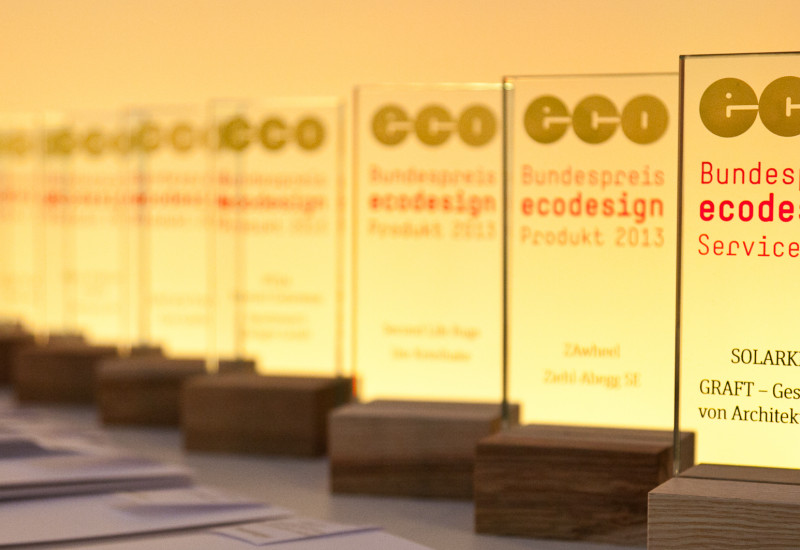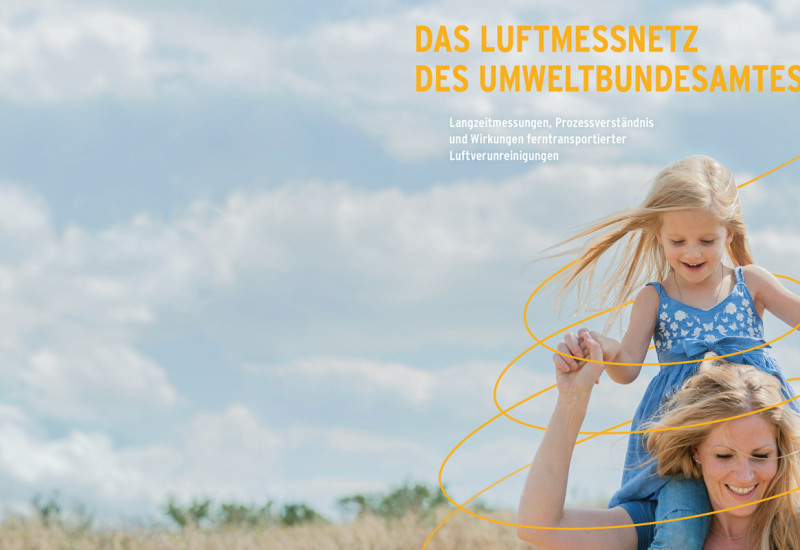Press Officer: Joseph Nasr
Phone: +49-(0)340-2103-5485
E-mail: joseph [dot] nasr [at] uba [dot] de
 Umweltbundesamt
Umweltbundesamt

The Federal Ministry for Environment (BMU) and the Federal Environment Agency (UBA) awarded the second annual Bundespreis Ecodesign prize today. The 12 prize winners were publicly announced and celebrated at the awards ceremony which was held at the Federal Ministry for Environment in Berlin. read more
The 35th anniversary of the first ecolabel in the world marks the second anniversary of the Blue Angel Award. The award, which is conferred as part of the German Sustainability Award, recognises a business with outstanding commitment to the Blue Angel and which is convincing in its communication about its environmentally friendly products. This year's nominees are the Heller-Leder tannery and the... read more
Federal Ministry for the Environment, Nature Conservation and Nuclear Safety (BMU) and the Federal Environment Agency (UBA) are awarding the Bundespreis Ecodesign for the second time. As the only Federal Government award for ecodesign, this prize goes to innovative products, services of ideas that are convincing in terms of design and eco-friendliness. The jury has nominated winners from among the... read more
Can an industrialized country such as Germany avoid nearly all of its man-made greenhouse gas emissions? A new study by the Federal Environment Agency says clearly yes: „It is technically possible to reduce greenhouse gas emissions by nearly 100 per cent compared to 1990 levels – with technologies that are available today,“ says Jochen Flasbarth, President of the Federal Environment Agency (UBA).... read more

Federal Environment Minister Peter Altmaier and Federal Minister of Education and Research Johanna Wanka consider the latest IPCC report on climate change to be a clear indication that climate change is advancing. Following the presentation of the IPCC report today in Stockholm Altmaier stated "the IPCC has shown the international community that ambitious climate action is crucial". Wanka also str... read more
Lamps which are launched on the market after 1 September 2013 must bear the new EU energy efficiency label. The label will help consumers to assess whether a product uses a lot or only a little electricity. Very economical LED lamps are labelled in energy efficiency classes A+ and A++. Jochen Flasbarth, President of the Federal Environment Agency, remarks, “Inefficient lighting continues to waste... read more

How has air quality improved in Germany? Which pollutants in the air have either increased or decreased? Are limits on air pollutants appropriate? These are the issues which will be discussed by 150 experts at a conference in Dessau on 16-17 September in the framework of the European Year of Air. The conference will focus on air quality in cities and in regions with high population density. Compar... read more

Land use continues to be an unsolved environmental problem in Germany. Why? Businesses and residents are leaving urban areas and new shopping centres and single-family settlements are mushrooming on greenfield sites. The consequence – especially in many small and medium-sized towns – is urban sprawl, land consumption as well as an inner-city vacancy rate and depreciation. Many experts say that a s... read more